Feature
Why We Need Realistic Portrayals Of Mental Health In Indian Literature
The past decade has seen changes in the conversation around mental health in India, particularly when it comes to its representation in Indian literature.
Earlier, the books on the subject were poor caricatures of an already misunderstood topic, reiterating toxic tropes of self-harm and depression as being something edgy, and categorising mental health problems under generalised labels. While the subject still remains a taboo topic, with discussions taking place in hushed voices, there are some Indian authors who are using literature as a tool to change the discourse around mental health. These authors are working to show how mental health problems present themselves differently in different people, and how understanding one aspect through stories can open up a door for readers to explore and be accepting of those who are dealing with them.
These stories are nuanced and relatable, and are inspired by the authors’ own journeys, or those of their loved ones. This contextualisation is necessary for Indian readers in order to look past stereotypes and reflect on realistic portrayals of mental health problems in the country.
Shattering Misconceptions And Understanding Oneself
Having any form of mental illness can be isolating, especially when talking about it is often considered to be oversharing. This perpetuates the taboo around the subject, forcing many to remain silent. However, seeing someone else go through the same problems can help create a safe space that makes a person feel less alone. And that’s where literature steps in. Reading allows people to be vulnerable, experience emotions and situations vicariously, overcome internalised taboos and accept oneself. More importantly, reading stories that reflect on our own struggles provide us with an anchor to stay afloat.
Shaheen Bhatt talks about the prevalent misconceptions around mental health in her debut book, I’ve Never Been (Un)Happier, where she painstakingly highlights how her struggles with depression and anxiety affected her daily life. She says, ‘The overwhelming narrative is that succumbing to pain or sadness indicates weakness and that they’re feelings you ought to keep to yourself.’
Literature, through its kaleidoscopic lens, draws heavily from and is often inspired by real-life events. Bhatt’s memoir does not undermine her illness, nor does it make her indomitable. Instead, it shatters the myth that mental health problems can only stem from and/or be limited to a traumatic experience, asserts that they can manifest themselves in myriad ways and require as much attention as a physical wound.
In How To Travel Light, Shreevatsa Nevatia dispels the general misconception that individuals with mental health problems aren’t competent enough by focussing on the highs and lows of living with bipolar disorder for almost a decade. By emphasising on the importance of a strong support system, adequate medical care, and a little bit of compassion and empathy, Nevatia’s book teaches us how small steps taken to normalise the issue can go a long way in making recovery possible.
Personal stories like these help those with mental health problems to blot out the disconnect they feel in their own lives, exterminate the conjectures they’ve drawn about themselves and consider the possibility of healing.
Representation For Caregivers
According to the Indian Journal Of Psychiatry, ‘In India, more than 90% patients with chronic mental health illness live with their families’. Therefore, representation for caregivers becomes imperative to ensure that their mental and physiological well-being is not hindered. Turning to books for their meditative and therapeutic power can not only help caregivers cope with the stress, but also provide them with the experiences of others in similar situations.
Take Jerry Pinto’s Em And The Big Hoom, for example. Here, Pinto resists labelling or stereotyping his mother’s descent into depression, and instead aims to understand it and its effect on his life and that of his family’s. The novel paints a raw and unfiltered story of a family readjusting and desperately trying to deal with the proliferation of this ailment into their own lives.
While Pinto’s mother’s ailment forces the family to partake in difficult conversations and decisions that have a serious impact on their minds, what stands out is the family’s compassion and sensitivity towards their loved one’s extreme moods. The book, then, invites readers to consider the possibility of separating the person from their illness, thereby reinforcing the idea of looking beyond a person’s mental health problems in order to help keep their sense of identity intact.
Representation for caregivers in literature also helps families realise that they will need to navigate this long and arduous journey on their own. This realisation is accurately highlighted in Amandeep Sandhu’s book, Sepia Leaves, where a young boy, Appu, tries to make sense of his mother’s schizophrenia while growing up in a dysfunctional household in 1970s India. As his mother’s schizophrenia progresses, Appu notices his seemingly normal life turning upside down. Unprepared to face this emotional upheaval, Appu is forced to let go of the last vestiges of his childhood to take on the role of a parent at home.
In such circumstances, it becomes emotionally draining for families to cope on their own. Stories that present an honest perspective of the immense responsibility caregivers have to shoulder, some at a very young age, help in educating those who may find themselves in a similar situation. These stories also offer readers a chance to empathise with and understand the plight of the caregivers. Such insightful narratives can help caregivers feel included and provide them with the necessary comfort in order to realise that they are not the only ones dealing with watching their loved ones suffer.
The Evils Of Misrepresentation
At the same time, it is important to draw a distinction between an honest portrayal and an overly romanticised/unrealistic representation of mental health problems. Literature has unintentionally contributed towards perpetuating harmful stereotypes of suicidal ideations, poorly drawn characters that glorify depression, confusing OCD with cleanliness and displaying people with mental health problems as incapable of functioning normally. Not only does this establish an incorrect precedent, but also makes it harder for people to take mental health problems seriously.
Nikita Singh’s The Reason Is You, for instance, portrays a young woman’s chronic depression and erratic behaviour that causes her to nearly kill her love interest. Such a narrative can be misunderstood when read in isolation since it implies that anyone with a mental health problem is predisposed towards violent tendencies and is a threat to society. It leads to a societal perception that equates violence with mental health problems which, in turn, results in violence committed against those with mental health problems.
This perception, then, discourages people from getting help since it paints mental health problems as unsolvable diseases, and encourages discrimination in the workplace, at home and in schools/colleges. Bad representation affects the inclusion of people with mental health problems in mainstream society, thus exacerbating an already prevalent stigma.
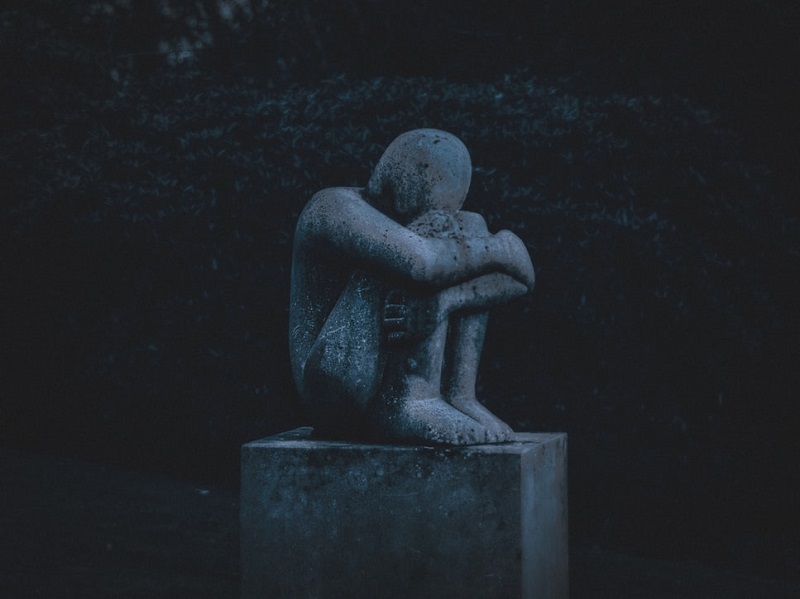
Focussing On Recovery Narratives And Hope
Representation of mental health problems, if done carefully, can leave a lasting impression on society. Diversity in representation along with narratives of recovery should be important factors in determining the scope of a book, especially when it comes to confronting the stigma attached to mental health problems.
A simple acknowledgement of the subject on the part of the writers can go a long way in spreading awareness. Bhatt’s book opened the floodgates for several people who were struggling to accept and acknowledge similar issues, encouraging them to read more on the topic.
We need to ensure that the stories we put out into the world don’t cement an already existing stereotype. The onus lies on the writers and the publishers to bring forth books that are well-researched and dive deep into the spectrum of mental health problems to ensure that there’s no scope for misrepresentation. It is time we stepped out of our bubble and created stories that are inclusive and embody our differences. And Indian literature still has a long way to go on this front.

Shumaila Taher is an editor and writer from Kolkata, India. She started blogging 7 seven years ago to showcase her love for reading. She has a Master’s degree in English literature and post-grad diploma in Mass Communication and Public Relations. She has worked as a writer for various online publications including OfTheNefeli, Inkdrift magazine and AtticusReviews. She spends most of her time in between the pages of a book. You can find her on Instagram where most of her thoughts reside.
You can read her articles here.

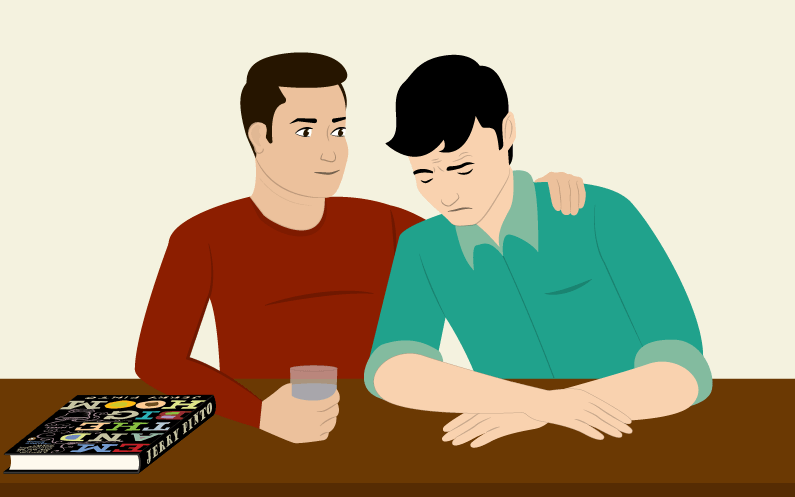
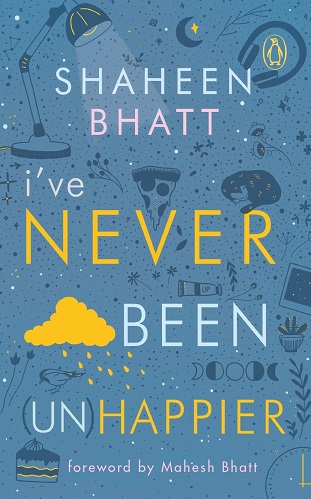
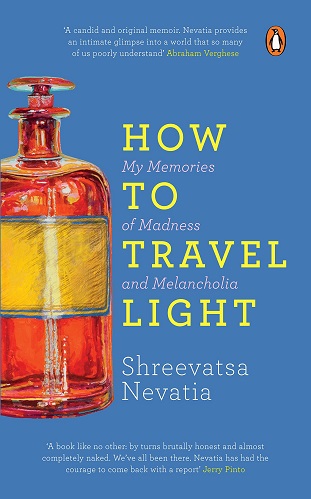
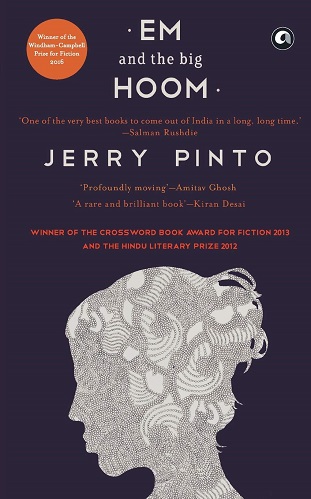

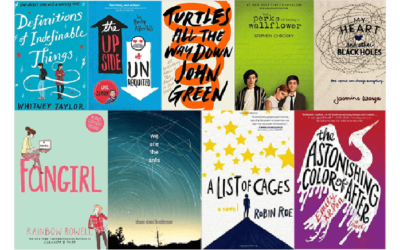
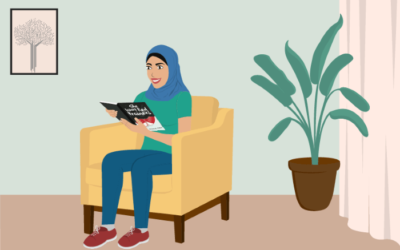
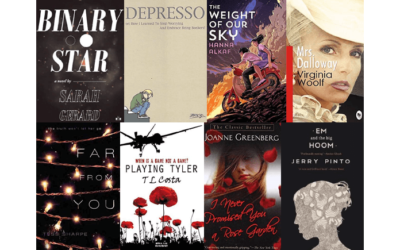
Incredible post, shumaila taher!!
Loved the insights as well as a fruitful up to date information. Writing style is something new for me at this time, but i am sure i can adjust with it.
Thanks for sharing. Stay safe and have a great day